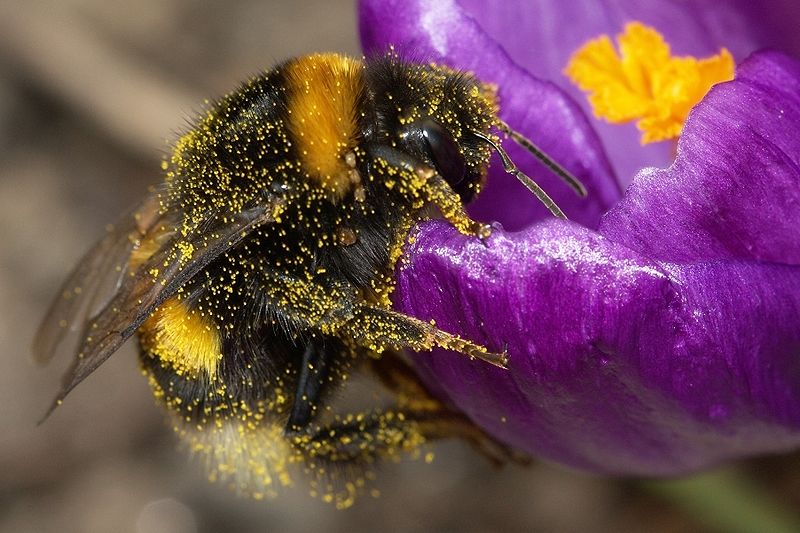|

近日,国际著名杂志PLoS One刊登了来自英国的研究人员的最新研究成果“Conspecific and Heterospecific Information Use in Bumblebees
”,文章中,研究者指出,大黄蜂可以学习竞争对手的方法来寻找最佳的食物资源。研究者培养了大量大黄蜂,然后给他们不同物种寻找食物的方式,让他们定位寻找食物。
研究者发现,大黄蜂可以学习来自蜜蜂的信息,而且运用熟练,社会学习并不是限制在单一物种之间的一个过程,大黄的这种例子就表明,不同物种之间也可以很有效率的进行学习,Erika Dawson博士表示,很多社会研究者都把注意力集中在同物种不同个体之间的研究,当然了,工程师也从动物那里学到了很多信息,就比如人类模拟鸟类的飞行而发明了飞机,对于动物而言,当然也可以学习不同物种的信息了,比如学习别的动物的捕食技巧或者筑巢技术。
作者的研究中,他们发现,从别的物种那里学到的信息会非常有价值,就像大黄蜂一样,它们能够将这种信息很快学会,并且应用的很好,蜂群之间会互相学习对手的捕食技巧,但是它们仍然会和不同蜂种分享一朵花中的蜂蜜,向日葵可以供很多蜂群来取食,同时也早就了很多种传粉者。
研究结果表明,两个种之间的竞争将会比以往激烈很多,研究者表示,如果大黄蜂用自身的技术,外加学习蜜蜂的技术来进行食物搜寻的话,这将会给我们关于物种群落结构和形成提供一定的生态学暗示,可以帮助我们更好地理解天然传粉者之间的竞争模式。
Conspecific and Heterospecific Information Use in Bumblebees
Erika H. Dawson, Lars Chittka*
Heterospecific social learning has been understudied in comparison to interactions between members of the same species. However, the learning mechanisms behind such information use can allow animals to be flexible in the cues that are used. This raises the question of whether conspecific cues are inherently more influential than cues provided by heterospecifics, or whether animals can simply use any cue that predicts fitness enhancing conditions, including those provided by heterospecifics. To determine how freely social information travels across species boundaries, we trained bumblebees (Bombus terrestris) to learn to use cues provided by conspecifics and heterospecific honey bees (Apis mellifera) to locate valuable floral resources. We found that heterospecific demonstrators did not differ from conspecifics in the extent to which they guided observers' choices, whereas various types of inorganic visual cues were consistently less effective than conspecifics. This was also true in a transfer test where bees were confronted with a novel flower type. However, in the transfer test, conspecifics were slightly more effective than heterospecific demonstrators. We then repeated the experiment with entirely naïve bees that had never foraged alongside conspecifics before. In this case, heterospecific demonstrators were equally efficient as conspecifics both in the initial learning task and the transfer test. Our findings demonstrate that social learning is not a unique process limited to conspecifics and that through associative learning, interspecifically sourced information can be just as valuable as that provided by conspecific individuals. Furthermore the results of this study highlight potential implications for understanding competition within natural pollinator communities.
|

